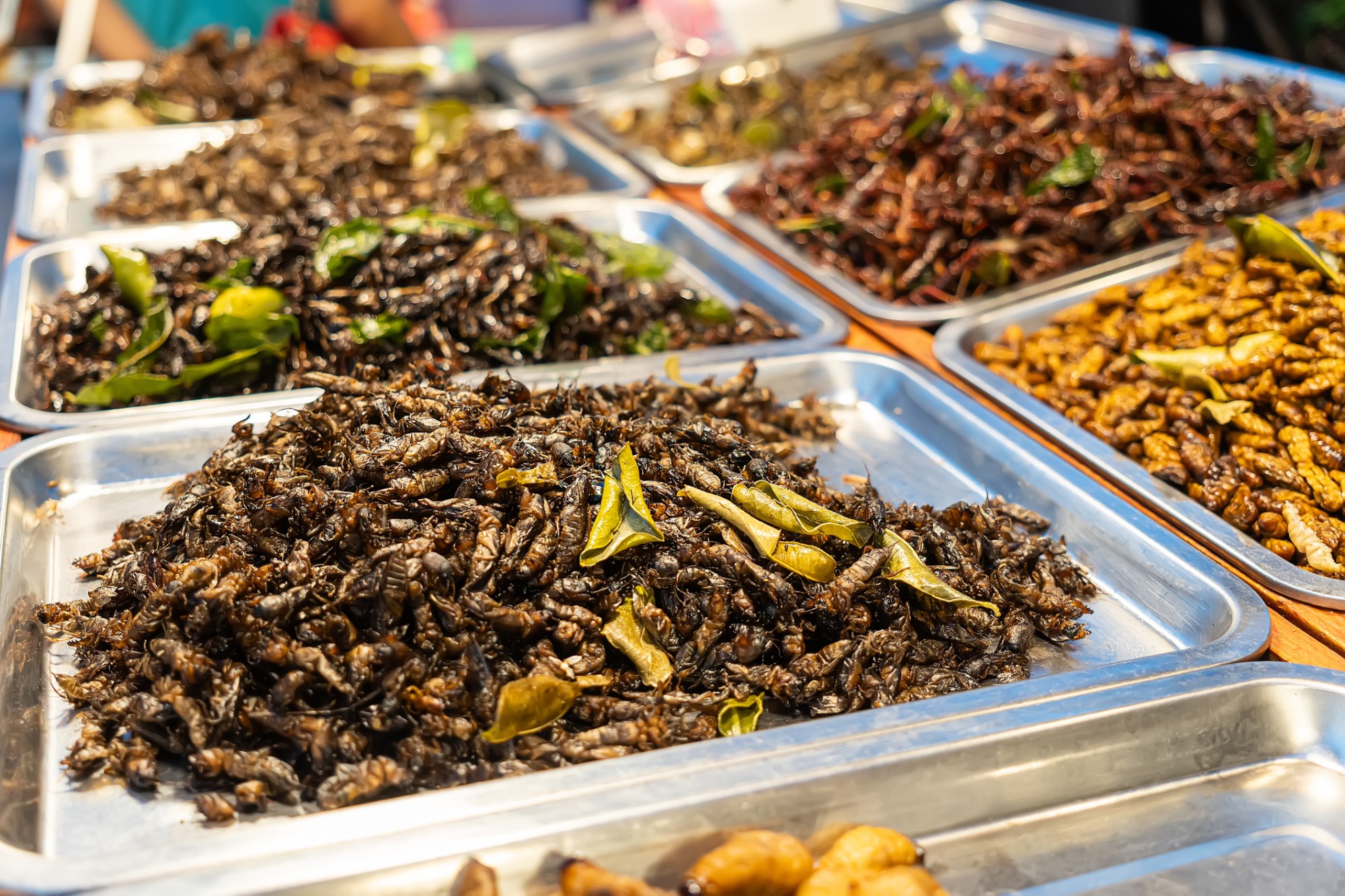Can We Reconcile Ivory and Art?
In late September, New York seized the largest amount of ivory in state history, with an estimated worth of $4.5 million- but the perpetrator is not who you might imagine. Unlike many recent seizures, this ivory was not in the form of tusks, but instead valuable antiques. When imagining the production and sale of ivory, poachers, criminals and the black market comes to mind. However, the impact of antique ivory, sold and collected by museums and curators, is often left unconsidered in the ivory debate. With new calls for total bans on ivory in France, the U.K., and Kenya, it is time to face the question of what role antique ivory plays in the endangerment of elephants.
The poaching of wild elephants has always been a concern of environmentalists and conservationists alike, but recent findings show that elephant populations are declining at an alarming rate. Nathaniel Reed, another Prindle Post contributor, recently explored the complexity of regulating versus banning ivory in his article “The Ivory Trade: Ban or Regulate”. In lieu of The United Nations’ Convention on International Trade and Endangered Species, many countries are moving toward a partial ban. This decision to close the worldwide ivory market has many questioning what this means for not only ivory produced in the future, but ivory from the past.
Many environmentalists, conservationists, and people who care about the welfare of elephants might applaud these laws, and justify doing so by arguing that as a society we must demonize the sale of all types of ivory, regardless of its age or status. However, there is concern that a total ban on ivory could threaten antiques, artwork, and European and indigenous cultural history. Martin Levy is the director of H. Blairman & Sons, a prominent art dealership that was established nearly 150 years ago. In a letter to the Guardian, Levy recently voiced his concerns about how a total ivory ban could affect century old artwork. Levy claims that “pre-1947 works of art . . . made of or incorporating ivory have no impact whatsoever on the thirst for modern tusks and trinkets: these are two utterly separate issues.” To Levy and other art historians and curators, laws should target those currently harvesting and selling ivory, not those who possess ivory harvested in the past.
It is not only wealthy art curators that are threatened by a total ban on ivory, but also indigenous people. Regulations on ivory includes walrus ivory in addition to elephant ivory. Indigenous artists in Alaska currently make a living off of sculptures made from walrus ivory, since hunting walrus is legal for Native populations. The production and sale of ivory artwork is a source of identity for ivory sculptures and their families. A total ban on ivory sales could affect the livelihood of those who use walrus ivory as well, and influence the religious significance of ivory harvesting and sculpting in indigenous cultures and communities. This complicates the issue further. Walruses were once near the brink of extinction due to overhunting, but have rebounded, though they maintain a near threatened status. Should a ban on ivory only pertain to elephant ivory, or does all ivory contribute to the endangerment of elephants?
And in terms of endangerment, is new ivory necessarily worse than old ivory? The killing of elephants for their ivory is not a new phenomenon by any means. It is estimated that between 1800 and 1940 the population of elephants declined by 22 million. This decline is much larger than between 1940 and present day, which is a little over 4.5 million. With this in mind, isn’t it arguable that pre-1947 ivory is actually responsible for the majority of the decline in elephant populations? And is it possible that glorifying any form of ivory contributes to its increased demand? The obsession with ivory undoubtedly links back to its popularity in Europe and the United States in the early 1900s. Even though some could argue that such pieces of art are a part of European cultural history, the link between European imperialism and the production of ivory is problematic. Is this a legacy that we should be upholding, and arguably glorifying, as is often done by museums that contain ivory pieces by encouraging visitors to look on in admiration?
Perhaps the dilemma lies in the way that museums display such ivory, rather than the fact that they contain ivory themselves. It is equally possible that the presence of ivory, showcased as a product as opposed to a part of a living being can explain our relentless obsession with it. Unfortunately, it is impossible to change the actions of our ancestors, especially in terms of their influence on elephant populations. However, we can determine whether or not these actions deserve as much demonization of those occurring today, and use this determination to decide whether the preservation of elephants is worth losing part of our cultural history.




